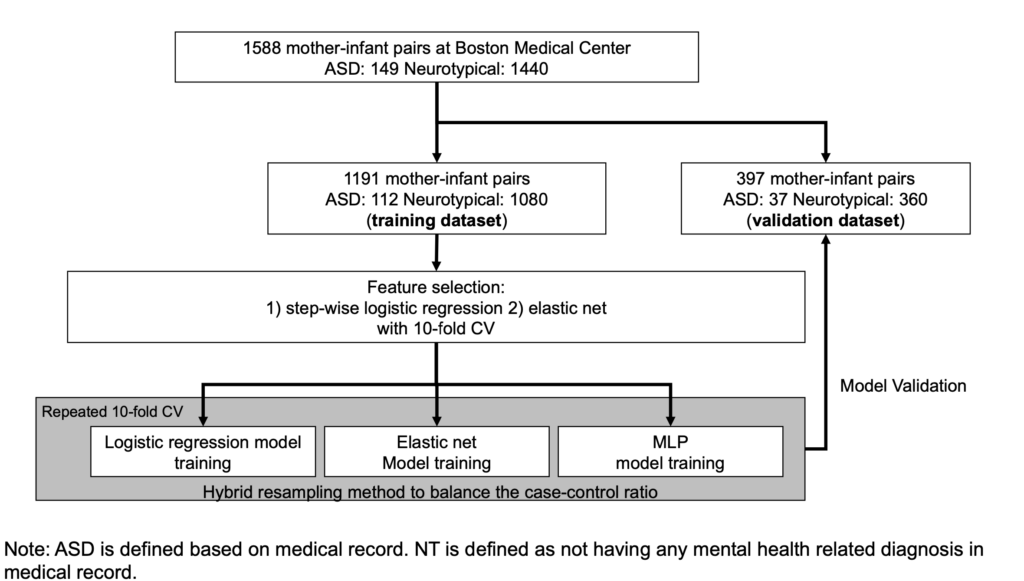Medical Decision-Making
CONTINUOUS DOSE DELIVERY FOR STEREOTACTIC RADIATION THERAPY
Stereotactic radiation therapy is conventionally delivered in a step-and-shoot manner, i.e., a shot is delivered when the target volume is stationary, and no radiation is delivered when the patient position is moved. We explore the possibility of delivering radiation therapy as the patient is moved to treat various locations of the tumor. A continuous dose delivery can result in reduced treatment time and increased homogeneity while sparing the surrounding healthy organs.
RADIATION THERAPY TREATMENT PLANNING FOR BRAIN CANCER
Radiation therapy treatment planning is a complex and high-dimensional problem, and yet, it is often solved manually by clinicians. In these projects, we explore various models that use optimization and automated methods to find a good treatment plan that is approved by the oncologist and meets clinical criteria.
MACHINE LEARNING IN PREDICTION OF CHILDREN'S DISEASES

Early risk assessment of Autism can be studied based on prenatal factors, perinatal factors, maternal factors, and metal exposures to the mother. This is accomplished through machine learning approaches such as multiplayer perceptron and Bayesian kernel machine regression. Practical meanings of the findings can then be explored with medical experts. The methods adopted in this research can easily be generalized and transferred to explore other topics.